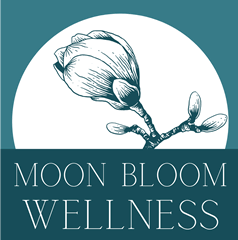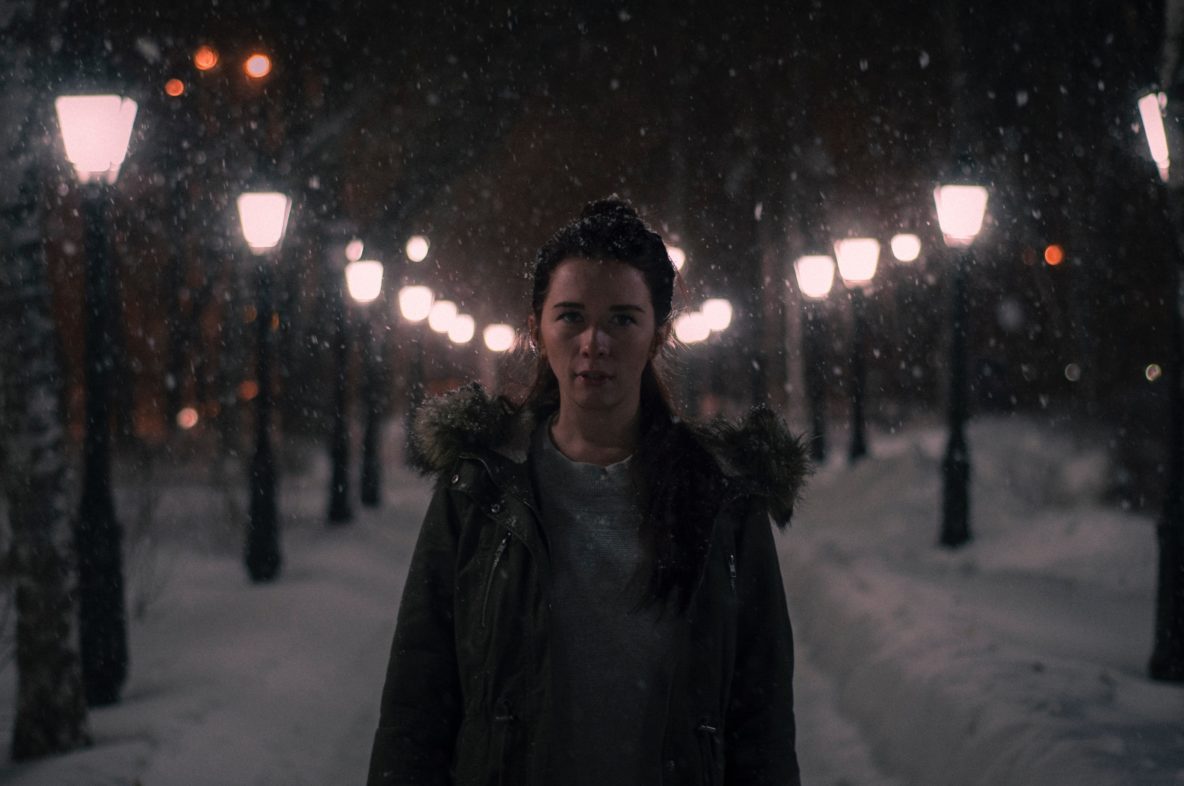We’re in the midst of winter – during that stretch of time after the holidays that can feel like a desert of shorter, colder days. Maybe you’re a winter person and thrive during this time of year, but if you are like approximately 10 million Americans, the winter months can cause serious mental health symptoms. Common symptoms of Seasonal Affective Disorder, or SAD, are:
-Changes/increases in appetite
-Less energy/increase in sleeping
-A sense of heaviness
-Feeling sad or hopeless
-Isolating yourself
-Decrease in exercise
-Becoming irritable
These are the symptoms of SAD when it occurs in the winter, though it also occurs (less commonly) in the summer as well. Summer SAD symptoms are different, and include decrease in appetite, difficulty sleeping, experiencing anxiety, and decrease in weight.1
Work with me through online counseling in New Jersey if you feel like you’re struggling with SAD
You don’t need to suffer through another season with SAD on your own – you can reach out to me through online counseling in New Jersey. By working together, we can explore your symptoms and develop a plan so you can start feeling better.
What causes SAD?
Changes in daylight can play a major role in your mental health. For those dealing with winter SAD, the decrease in light can throw off your circadian rhythm, which controls your sleep/wake cycle. When it’s dark, our eyes send a signal to the hypothalamus in our brain, which causes us to release melatonin and start feeling sleepy. Our serotonin, a neurotransmitter that impacts mood, is thought to increase when we are exposed to sunlight. If we aren’t getting enough sunlight, our serotonin levels can fall, which can cause feelings of depression and impact sleep. 2
Some people are more at risk to experience SAD. Young people are more at risk than older adults. If you are a woman, your chance of receiving a diagnosis of SAD is four times higher than if you are a man. If you have a family history of depression, or if you personally have a diagnosis of depression or bipolar, you are more at risk of experiencing SAD. Incidence of this diagnosis is greater in locations further from the equator. 3
So what can you do if you think you might be experiencing SAD?
1. Counseling has been shown to be an effective way to cope with SAD, specifically cognitive behavioral therapy as it helps sufferers develop new ways of thinking about the problems associated with SAD.
2. Bright Light Therapy. The idea behind light therapy is that it helps to replace the lack of natural light experienced in the winter. Light therapy (with use of a special light box emitting full spectrum light) in the morning has shown results for sufferers of SAD.4 Use of light therapy should be monitored by a medical professional.
3. Antidepressant Medications have been helpful to individuals suffering with symptoms of SAD, since this diagnosis is associated with dysfunction in serotonin activity in the brain.4 You should talk to your doctor if you want to explore this option. Medication can often be helpful in conjunction with mental health counseling.
Sarah Tronco, LCSW, provides Online Counseling in New Jersey and works to develop a strong therapeutic relationship with her clients, which helps to create a secure place where individuals can achieve meaningful change.
References:
1. https://www.psychologytoday.com/us/conditions/seasonal-affective-disorder
2. https://www.sleepfoundation.org/articles/what-circadian-rhythm
3. https://www.nimh.nih.gov/health/topics/seasonal-affective-disorder/index.shtml
4. https://www.ncbi.nlm.nih.gov/pmc/articles/PMC4673349/pdf/DRT2015-178564.pdf
5. Image by Pavel Chusovitin @ Unsplash

